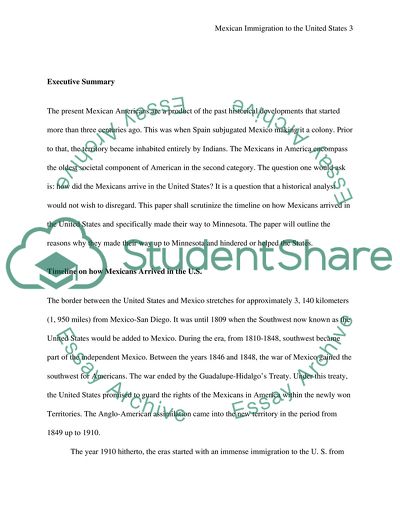Cite this document
(“Mexican Immigration to the United States from the 1800's to today with Research Paper”, n.d.)
Mexican Immigration to the United States from the 1800's to today with Research Paper. Retrieved from https://studentshare.org/history/1594796-mexican-immigration-to-the-united-states-from-the-1800s-to-today-with-a-minnesota-perspective
Mexican Immigration to the United States from the 1800's to today with Research Paper. Retrieved from https://studentshare.org/history/1594796-mexican-immigration-to-the-united-states-from-the-1800s-to-today-with-a-minnesota-perspective
(Mexican Immigration to the United States from the 1800'S to Today With Research Paper)
Mexican Immigration to the United States from the 1800'S to Today With Research Paper. https://studentshare.org/history/1594796-mexican-immigration-to-the-united-states-from-the-1800s-to-today-with-a-minnesota-perspective.
Mexican Immigration to the United States from the 1800'S to Today With Research Paper. https://studentshare.org/history/1594796-mexican-immigration-to-the-united-states-from-the-1800s-to-today-with-a-minnesota-perspective.
“Mexican Immigration to the United States from the 1800'S to Today With Research Paper”, n.d. https://studentshare.org/history/1594796-mexican-immigration-to-the-united-states-from-the-1800s-to-today-with-a-minnesota-perspective.


